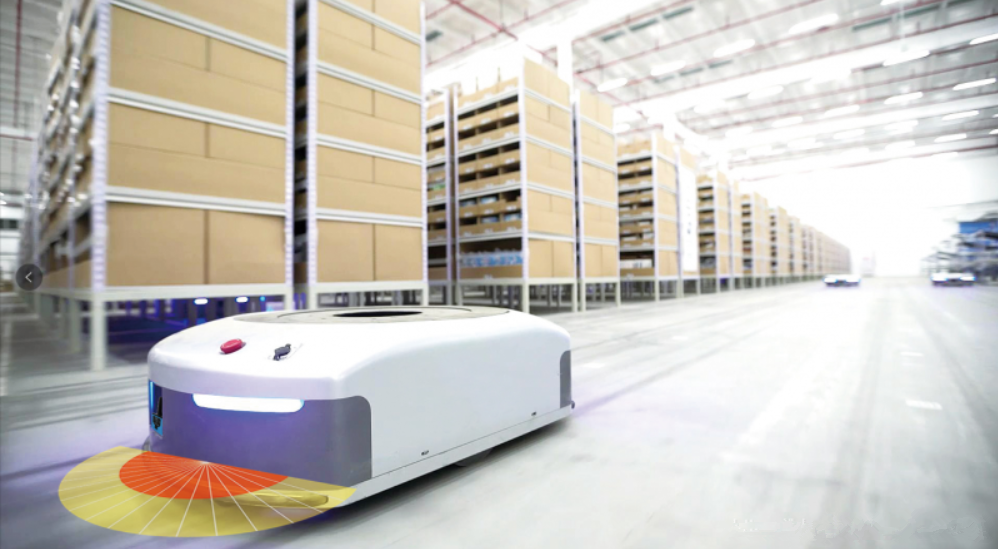AGV handling robot automatic obstacle avoidance

Nowadays, AGV application is more and more common, is widely used in logistics storage and flexible production lines, there may be such a question, why AGV handling robot can escape when encountering obstacles, like people choose to go around, in fact, an important sign of AGV handling robot intelligence is autonomous navigation, And complete robot autonomous navigation has a fundamental request – obstacle avoidance.
AGV automatic obstacle avoidance refers to that when the AGV handling robot senses static and dynamic objects blocking its passage in the process of automatic driving according to the collected obstacle state information, it stops automatic obstacle avoidance effectively in accordance with certain methods and finally reaches the destination point.
The safety factor of intelligent AGV handling robot is an important factor in its design scheme. Sensor technology plays a very key role in AGV obstacle avoidance. To complete common AGV faults and navigation bar, it is necessary to obtain the information of surrounding environment, size, shape and position of obstruction according to the controller. When the obstacle enters the warning range, the obstacle avoidance control module transmits voice broadcast and sends warning information content to the main controller of the automatic control system according to the system bus. After receiving the warning information content, the main control board of the automatic control system will send the response frame to the obstacle avoidance control module to control the motor to slow down or stop.
At present, according to the control level of environmental information, the obstacle avoidance of AGV handling robot can be divided into two types: known obstacle information, local unknown obstacle information or complete unknown obstacle information. Traditional navigation obstacle avoidance methods, such as viewable method, grid method, free space method and other algorithms, can handle the obstacle avoidance problem when the obstacle information is known, but when the obstacle information is unknown or the obstacle is mobile, the traditional navigation method can not deal with the obstacle avoidance problem well or basically can not avoid the obstacle. In practice, in most cases, the environment of AGV handling robot is dynamic, variable and unknown. In order to solve the above problems, some algorithms of computer and artificial intelligence have been introduced. At the same time, thanks to the improvement of processor computing ability and the development of sensor technology, it is also easy to stop some complex algorithms on the platform of AGV handling robot, resulting in a series of intelligent obstacle avoidance methods.
At present, the necessary condition for obstacle avoidance and navigation is environmental perception. In the unknown or locally unknown environment, obstacle avoidance needs to obtain the surrounding environmental information through sensors, including the size, shape and position of obstacles, so sensor technology plays a very important role in the obstacle avoidance of AGV handling robots. AGV automatic obstacle avoidance sensors mainly include ultrasonic sensors, vision sensors, infrared sensors, laser sensors and so on. Each of these methods has its own advantages and disadvantages. For example, triangle ranging infrared sensor method cost is very low, but the detection is not reliable, for black objects can not be effectively detected; Ultrasonic sensors can effectively detect objects such as glass, but the controllability of sound waves is poor, which is easy to cause false positives. At the same time, crosstalk phenomenon between different ultrasonic modules can not be solved. The laser sensor is well controlled, but the detection of glass and other transparent objects is limited by the physical characteristics of the beam, can not be all effective detection; The cost of visual method is relatively high, the technology is not perfect at the present stage, and there are problems of detecting blind areas.

